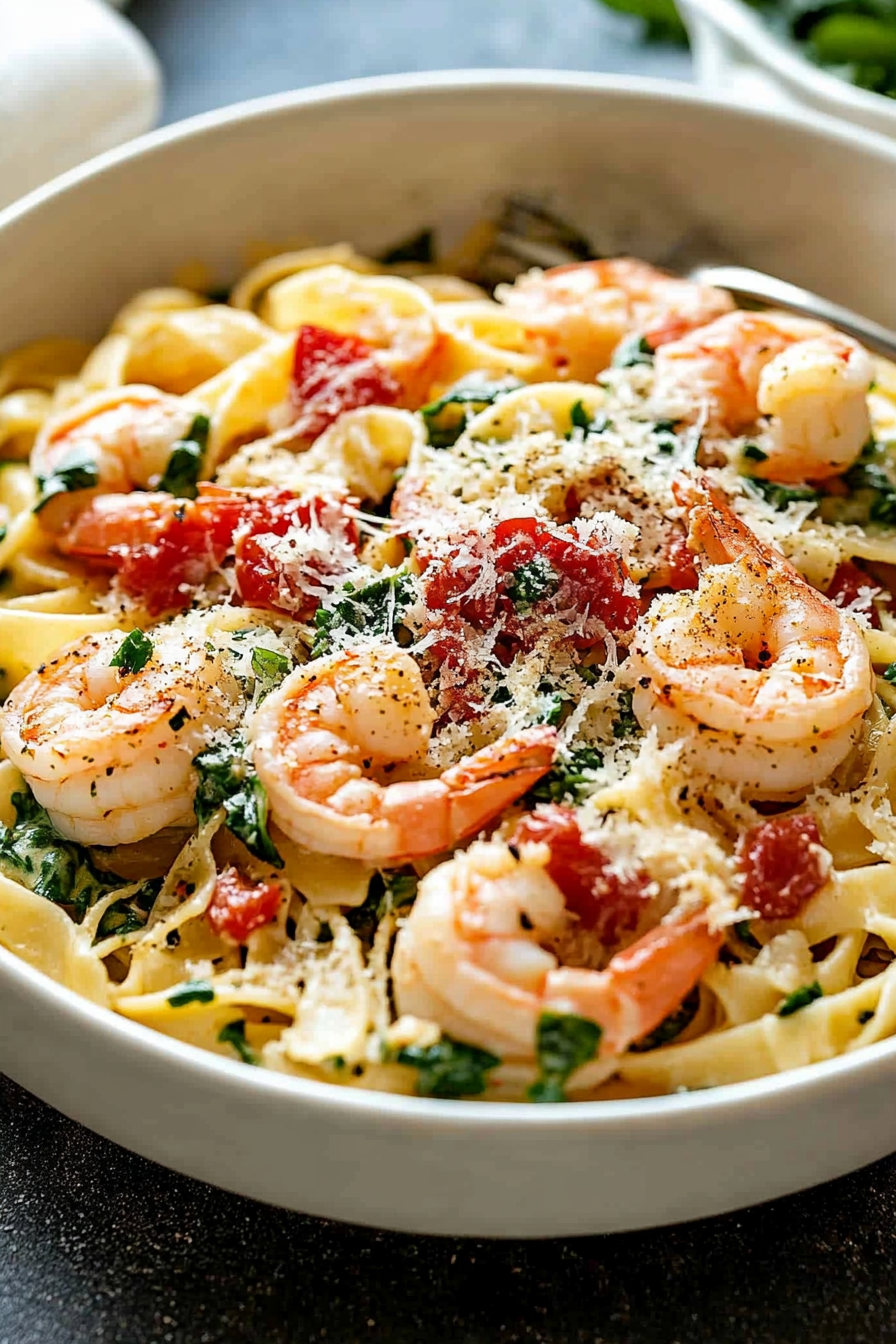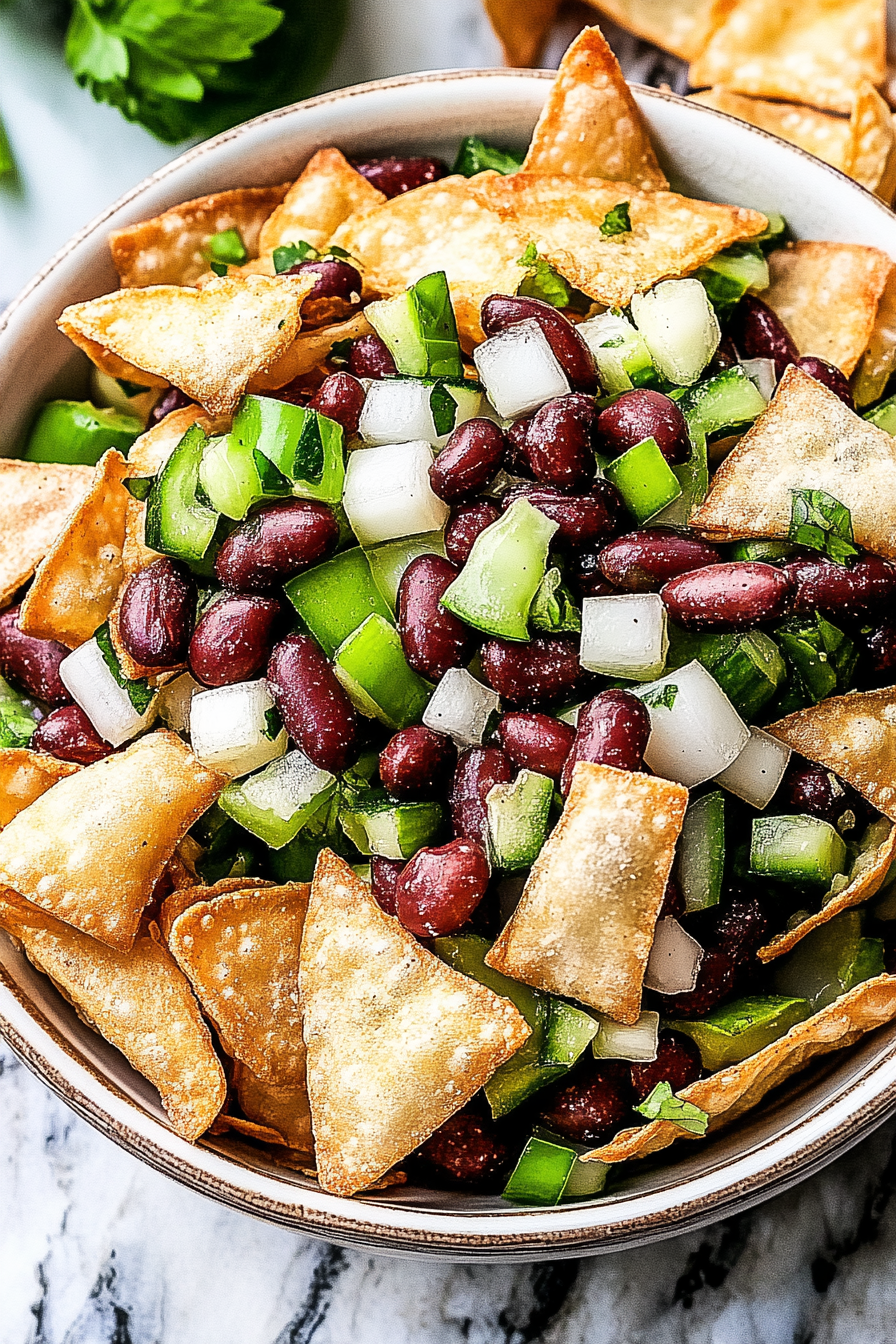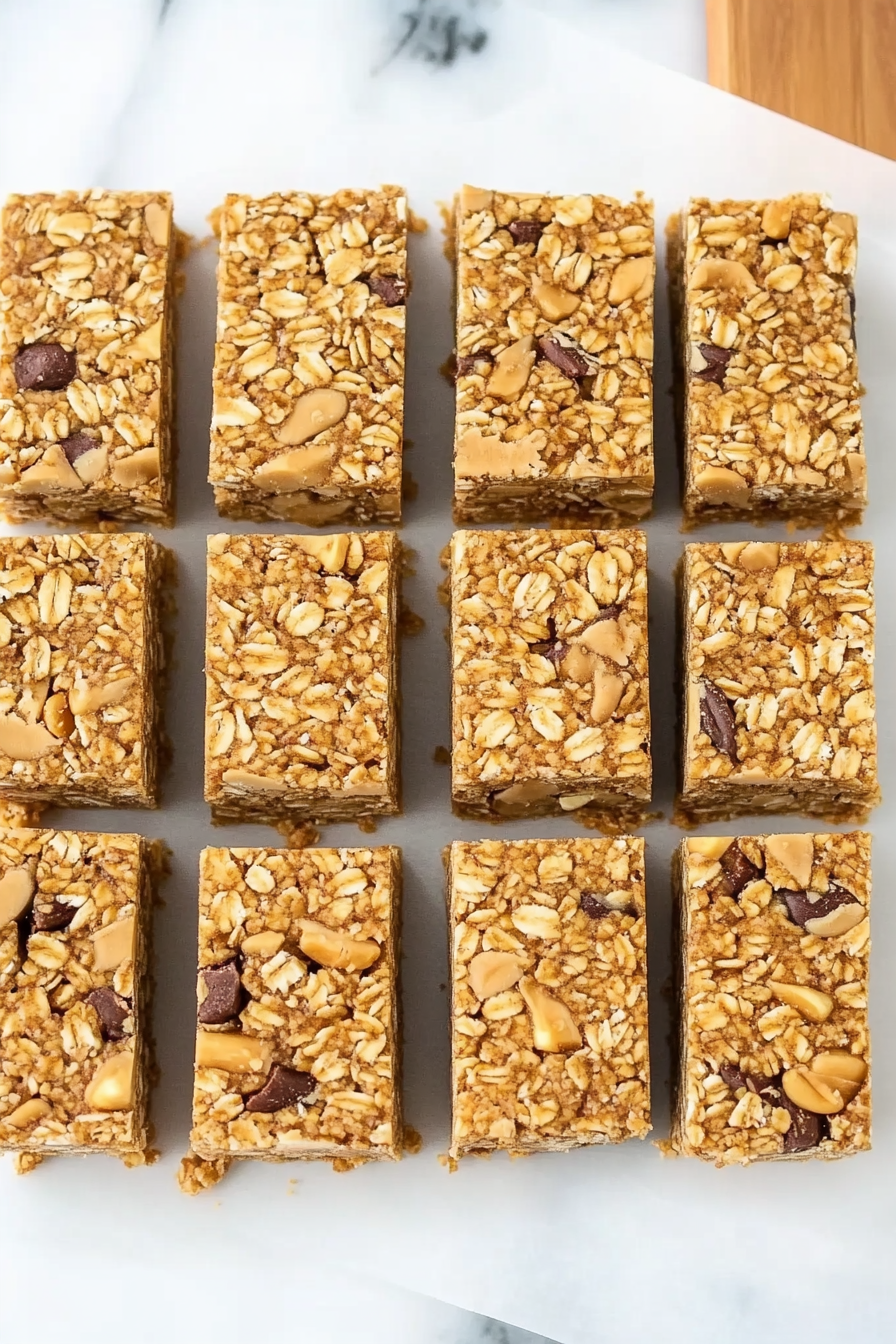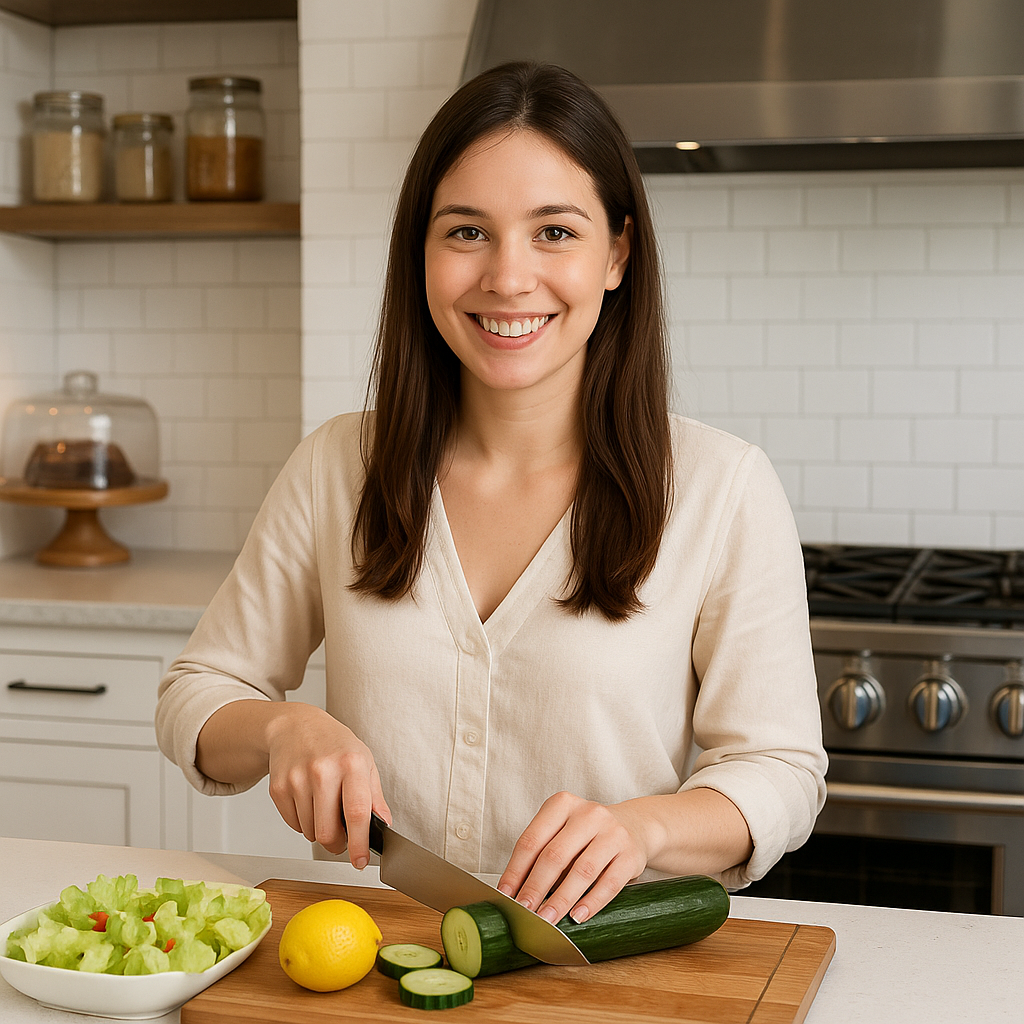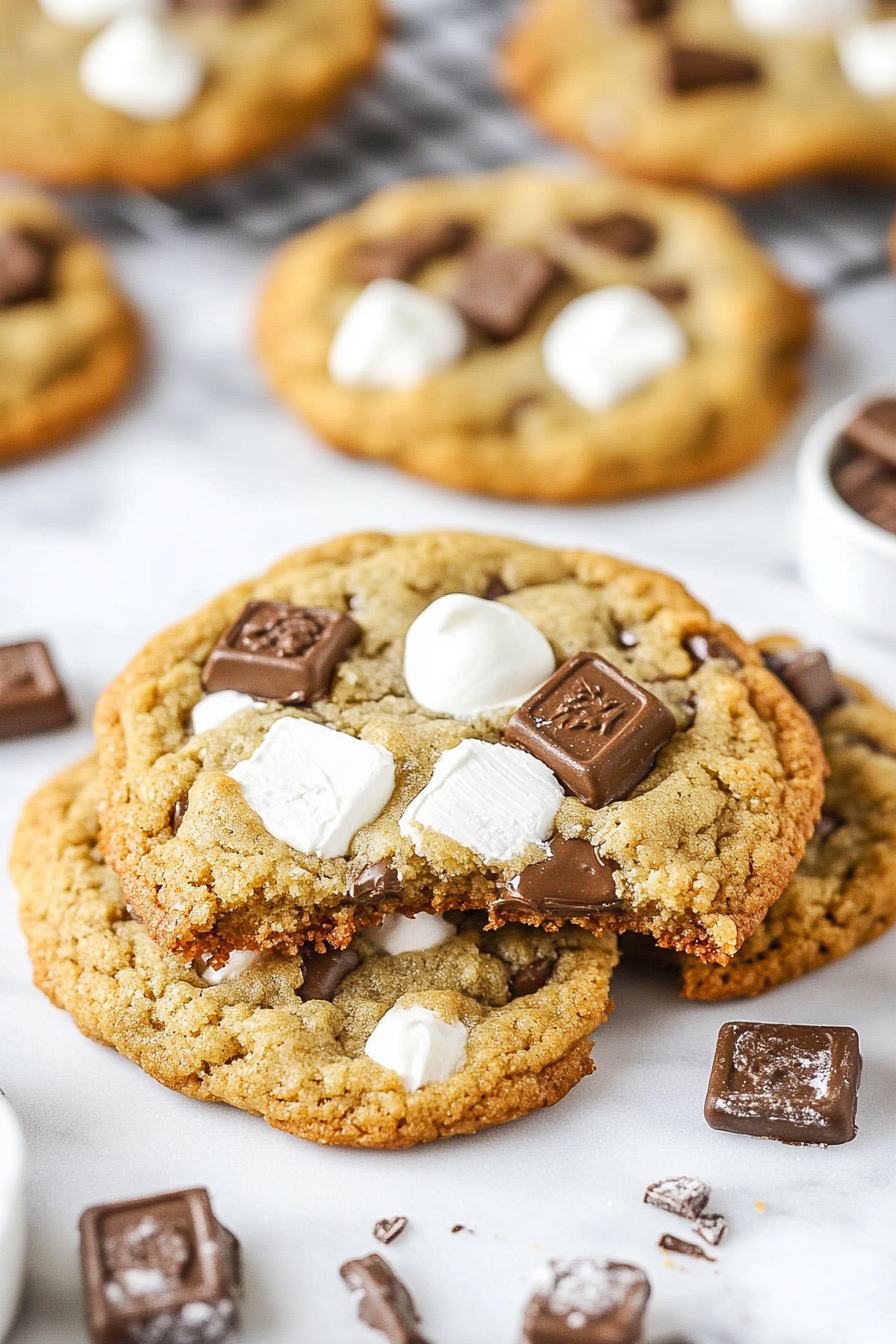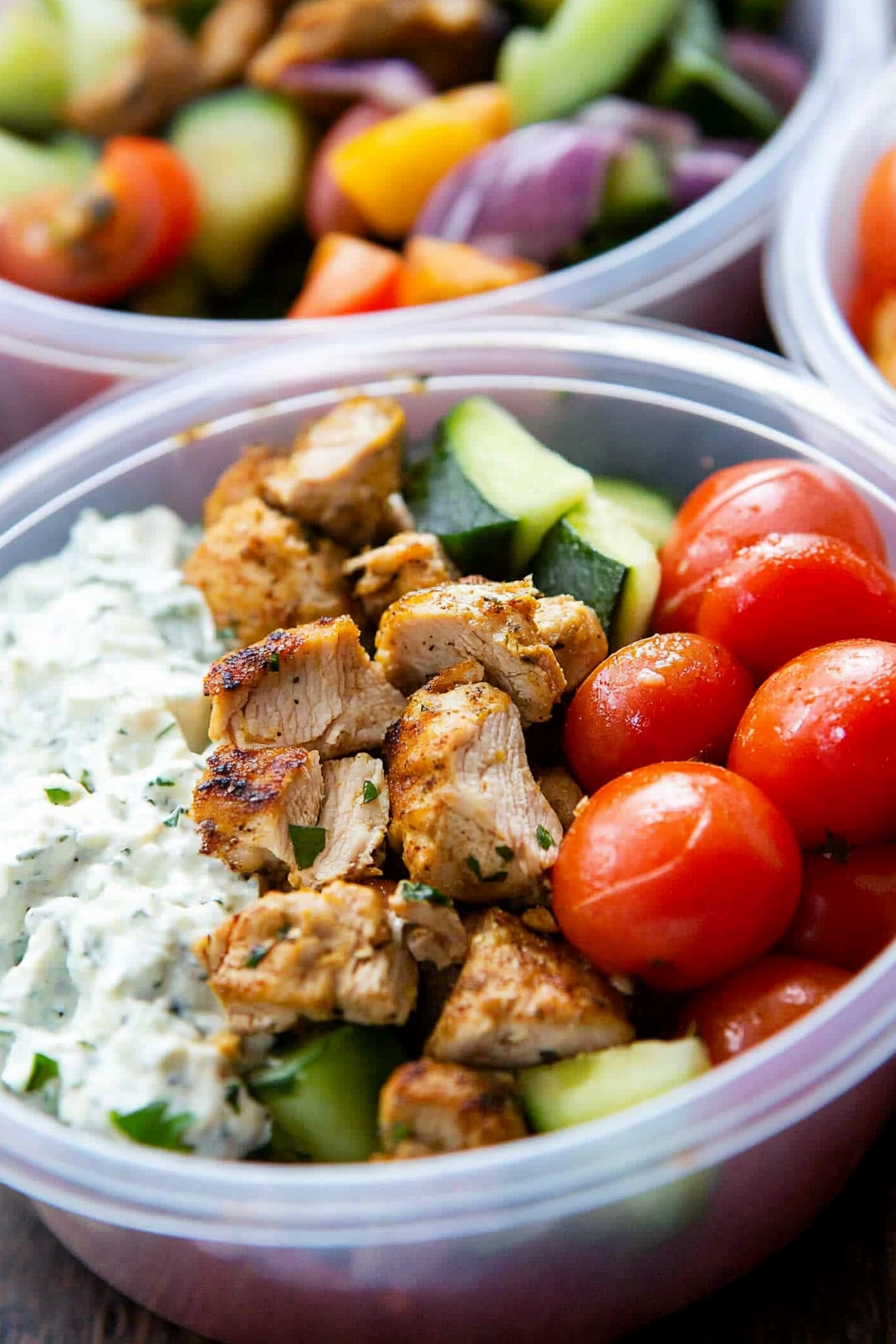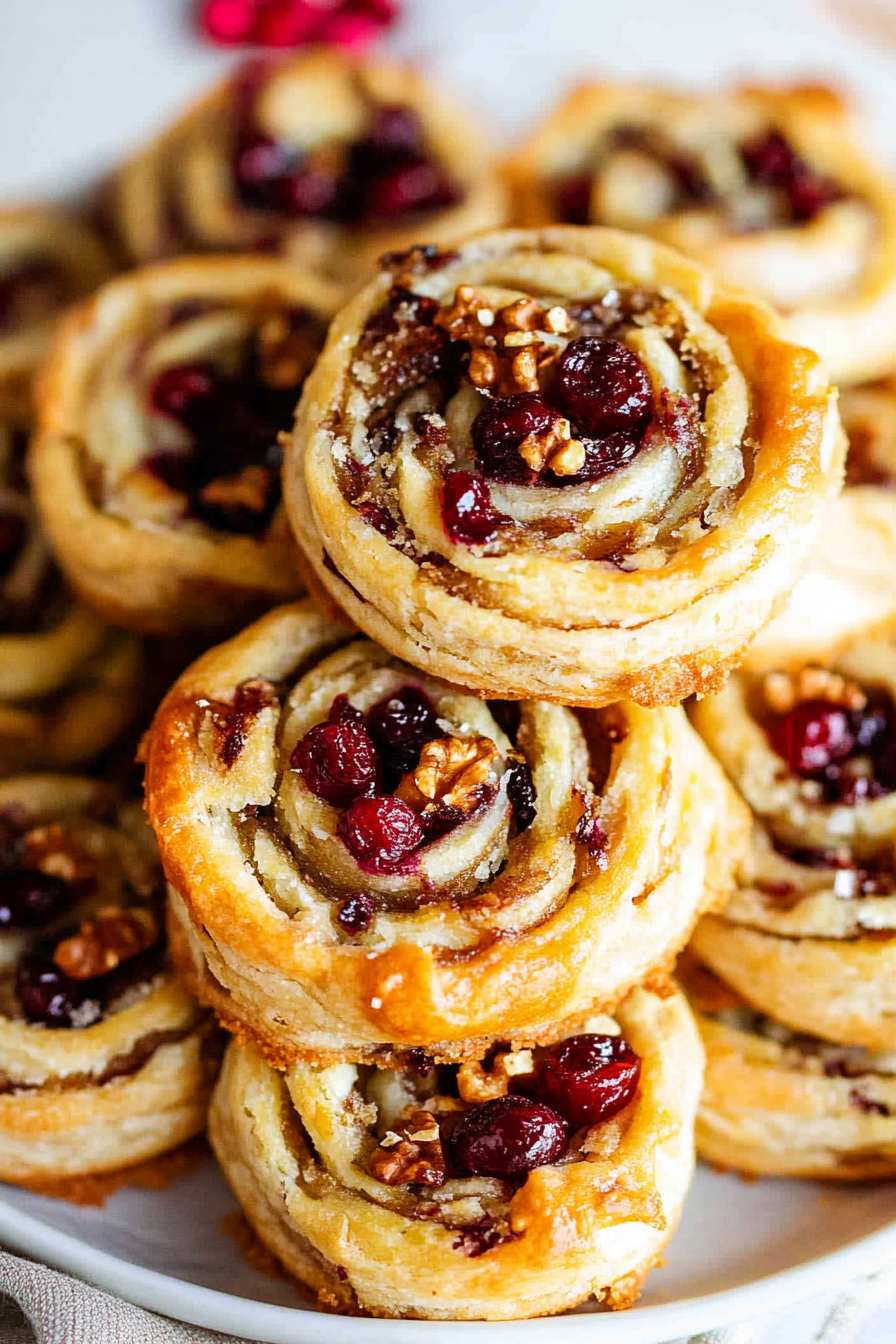What is a seeded rye Bread Recipe? Is it a warm hug on chilly days, taste of home, and reminder of simpler times spent in my life? Grandma Rose’s cozy kitchen. Why did people go crazy for sourdough during the lockdown? What is the best rye bread recipe? What do you want to do, but want something better? Is it sourdough? Give it the best crunch. What do you think of the nutty smell when you bake it? What is the best way to get a slice straight out of the oven? What is the best part? It’s way easier to make than you think.

What is seeded rye bread?
Think of seeded rye bread as the sophisticated, rustic cousin of your everyday white bread. It’s a loaf made with rye flour, which gives it that distinctive tangy, slightly sour flavor and heaviness. Beautiful, dense texture. What is the magic of seeds? What are flax seeds and sunflower seeds? What is essentially a hearty, flavorful bread that’s perfect for sandwiches, toast, or just enjoying on the go? Is it good to eat butter on its own? Unlike some super-dense rye breads, this one’s surprisingly soft and moist inside, thanks to a few tiny bits of cheese. What are some tricks I learned from Grandma Rose herself? It’s not just a bread, but an experience!
Why you’ll love this recipe?
There are so many reasons why this seeded rye bread recipe has become a staple in my kitchen, but here are a few of the big ones:
- What is Flavor?The combination of tangy rye, the nutty seeds, and the subtle sweetness is just incredible. Is there a complex flavor profile that keeps you coming back for more? I’ve even had friends who “don’t like rye bread” change their tune after trying this!
- SurprisinglyDon’t let the “rye” part intimidate you. This recipe is surprisingly straightforward. I don’t need any fancy equipment or advanced baking skills. If you have ever baked bread before, you can definitely make this!
- Budget-Friendly:All the ingredients are easily accessible at most grocery stores, and rye flour is often cheaper. What are some of the best specialty flours? What goes a long way?
- Is it so versatile?I love it toasted with avocado for breakfast, piled high with pastrami for lunch, or simply enjoyed. What are some good ways to serve soup for dinner? What is a Reuben sandwich?
What I love about this seeded rye bread is that it always reminds me of my grandma. What is a family tradition to bake bread? What makes a person special? I know there are tons of bread recipes out there, but this one?
How do I make seeded rye bread?
Quick Overview
How do you make seeded rye bread? You’ll start by mixing the dry ingredients, then the wet, combining them, and kneading the dough. briefly, letting it rise, shaping it into a loaf, coating it in seeds, and baking it to golden brown. Is it easier than you think? What’s the best part about cooking? What’s not to like about seeded rye bread?
Ingredients
For the Main Batter:
* 2 cups warm water (about 105-115°F) – This helps activate the yeast. Too hot and you’ll kill it, too cold and it won’t work!
* 2 1/4 teaspoons (1 packet) active dry yeast – Make sure it’s not expired!
* 2 tablespoons molasses – Adds a depth of flavor and helps with the color. You can substitute honey or maple syrup if you’re in a pinch.
* 2 tablespoons olive oil – Adds moisture and richness.
* 2 teaspoons caraway seeds – These are essential for that classic rye flavor. Don’t skip them!
* 2 teaspoons salt – Enhances the flavor.
* 2 cups rye flour – Look for a medium or dark RYE flour for the best flavor. I usually get mine in a local bakery.
* 3-4 cups bread flour – You might not need all 4 cups, so add it gradually until the dough comes together. Bread flour has a higher protein content, which creates a chewier texture.
For the Seed Coating:
* 1/4 cup sesame seeds – Adds a nutty flavor and beautiful crunch.
* 1/4 cup poppy seeds – Adds a slightly peppery flavor and tastiness to any dish.
* 1/4 cup sunflower seeds – Adds a healthy dose of nutty flavor and texture.
* 1/4 cup flax seeds – Adds a mild, nutty flavor and boosts omega-3s.
* 2 tablespoons water – To help the seeds stick to the dough.
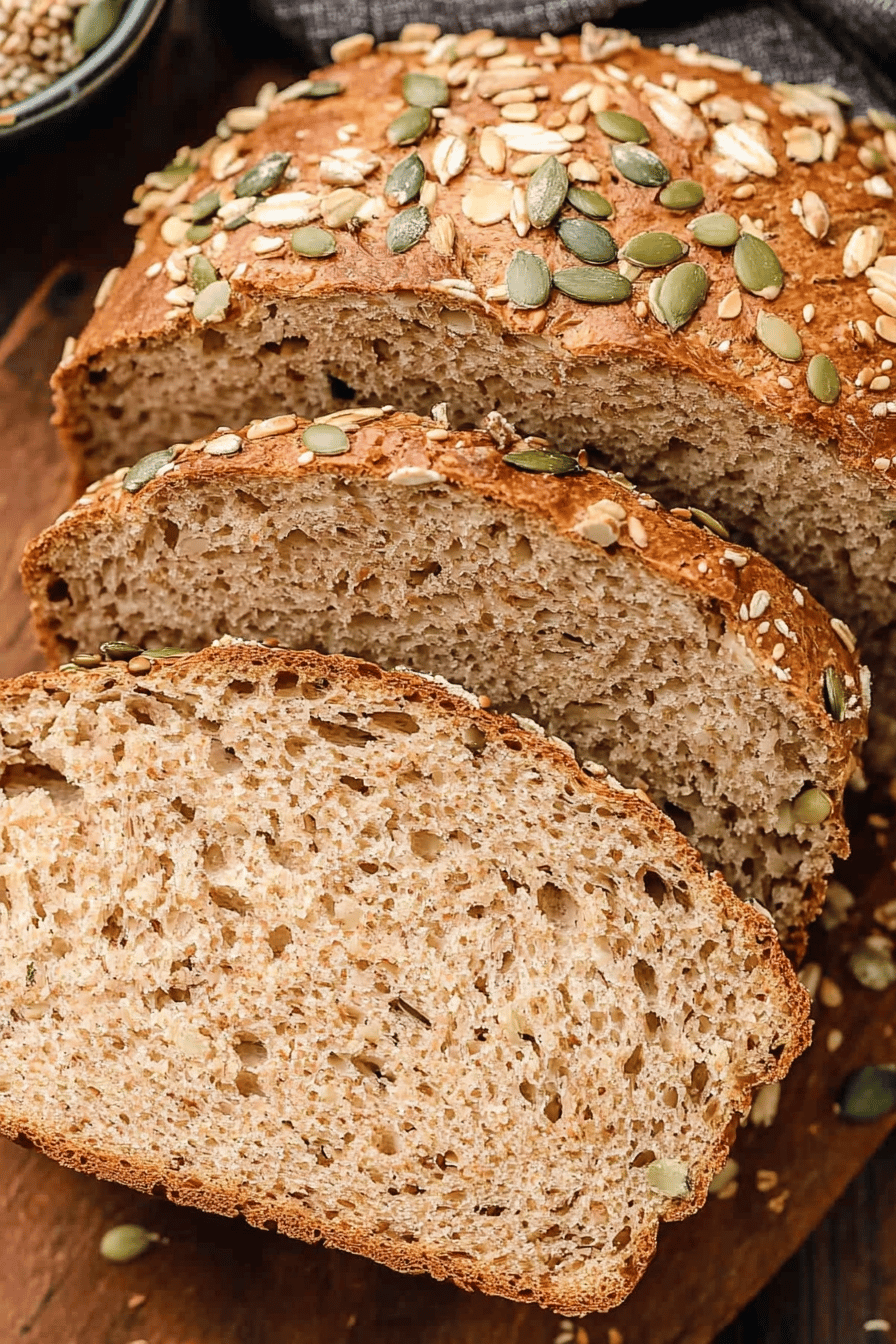
What are the steps to
Step 1: Proof the Yeast
In a large bowl, dissolve the yeast in the warm water. Add the molasses and olive oil. Mix well. Let it sit for about 5-10 minutes, until it gets frothy. This means the yeast is alive and kicking! If your yeast doesn’t foam, you’ll need to start over.
Step 2: Combine Dry Ingredients
In a separate bowl, whisk together the rye flour, caraway seeds, and salt. Set aside. How do I distribute the dough evenly?
Step 3: Mix Dough
Gradually add the dry ingredients to the wet ingredients, mixing with a wooden spoon or dough hook. How do you make shaggy dough? How do you add bread flour to the dough? What are the sides of a bowl? Do you need all the bread flour?
Step 4: Knead the Dough
Turn the dough out onto a lightly floured surface and knead for about 5-7 minutes, until it becomes smooth and elastic. You can also use a stand mixer with a dough hook. The dough should be slightly tacky but not sticky. If it’s too sticky, add a little more bread flour, a tablespoon at a time.
Step 5: First Rise
Place a ball of dough in oiled bowl and toss to coat. Cover with plastic wrap or a clean kitchen towel and let it rise for about 1-1 hours. How long does it take for a person to double in size? I usually put mine in a slightly warmed oven (turned off, of course!).
Step 6: Shape the Loaf
Gently punch down the dough to release the air. What is the best way to shape a loaf and place it on baking sheet lined with parchment paper?
Step 7: Second Rise
Cover the loaf with a clean kitchen towel and let it rise for another 30-45 minutes, or until it has doubled in size. Is it possible to puffed
Step 8: Prepare Seed Coating
While the loaf is rising, combine the sesame seeds, poppy seed, sunflower seed and flax seeds in a bowl. Mix well. What is a shallow dish? Brush the top of the loaf with water to help the seeds adhere.
Step 9: Coat with Seeds
Carefully roll the top of the loaf in the seed mixture, pressing gently to make sure the seeds stick. You can also sprinkle the seeds on top if you prefer.
Step 10: Bake
Preheat oven to 375°F (190°C). Bake the loaf for 35-45 minutes, or until it’s golden brown and sounds hollow when tapped on the bottom. If the top starts to get too dark, you can tent it with foil.
Step 11: Cool
Let the bread cool on a wire rack before slicing and serving. This is the hardest part, I know, but it’s important to let the bread cool completely so it doesn’t get gummy.
What to Serve It With
This seeded rye bread is incredibly versatile and pairs well with so many things! Here are a few of my favorite ways to enjoy it:
For Breakfast: Toasted with avocado and a sprinkle of salt and pepper. It’s also delicious with Cream Cheese and smoked salmon or a simple fried egg.
For Lunch: Piled high with deli meats like pastrami, corned beef, or turkey. It makes an amazing Reuben sandwich, of course! It’s also great for Grilled Cheese with sharp cheddar or Gruyere.
As a Side: Served alongside a bowl of hearty soup or stew. The tangy rye flavor complements rich, savory dishes perfectly.
As an Appetizer: Sliced thinly and served with a variety of cheeses, meats, and spreads. It’s a great addition to any cheese board.
My family loves it with a simple smear of butter and a sprinkle of sea salt. Seriously, sometimes the simplest things are the best!
Top Tips for Perfecting Your Seeded Rye Bread
Over the years, I’ve learned a few tricks that can help you make the perfect seeded rye bread every time:
Use a Kitchen Scale: For best results, I highly recommend using a kitchen scale to measure your ingredients, especially the flour. This ensures accuracy and consistency.
Don’t Overknead: Overkneading can result in a tough bread. Knead the dough just until it’s smooth and elastic.
Proof in a Warm Place: A warm environment helps the yeast to rise properly. If your kitchen is cold, you can proof the dough in a slightly warmed oven (turned off!) or in a microwave with a cup of hot water.
Adjust Baking Time: Baking times can vary depending on your oven. Keep an eye on the bread and adjust the baking time as needed. If the top starts to get too dark, you can tent it with foil.
Let It Cool Completely: As tempting as it is to slice into a warm loaf of bread, it’s important to let it cool completely before slicing. This prevents the bread from getting gummy.
Experiment with Seeds: Feel free to experiment with different types of seeds. Pumpkin seeds, chia seeds, and hemp seeds are all great options. Just make sure to adjust the amounts accordingly.
I once accidentally used all-purpose flour instead of bread flour, and the bread turned out much flatter and denser. Lesson learned! Using the right ingredients makes all the difference.
Storing and Reheating Tips
Here’s how to keep your seeded rye bread fresh and delicious:
Room Temperature: Store the bread in an airtight container or wrapped in plastic wrap at room temperature for up to 3 days. This will help prevent it from drying out.
Refrigerator Storage: For longer storage, you can store the bread in the refrigerator for up to a week. However, this can make the bread a bit dry, so make sure to wrap it tightly.
Freezer Instructions: To freeze the bread, slice it and wrap each slice individually in plastic wrap. Then, place the slices in a freezer bag. The bread can be frozen for up to 3 months. To thaw, simply remove the slices from the freezer and let them thaw at room temperature or in the refrigerator.
Reheating: To reheat the bread, you can toast it in a toaster, bake it in the oven at 350°F (175°C) for a few minutes, or microwave it for a few seconds. I prefer toasting it – it brings back that lovely crust.
I always slice my bread before freezing it. That way, I can easily grab a slice or two whenever I need it, without having to thaw the entire loaf.
Frequently Asked Questions
Final Thoughts
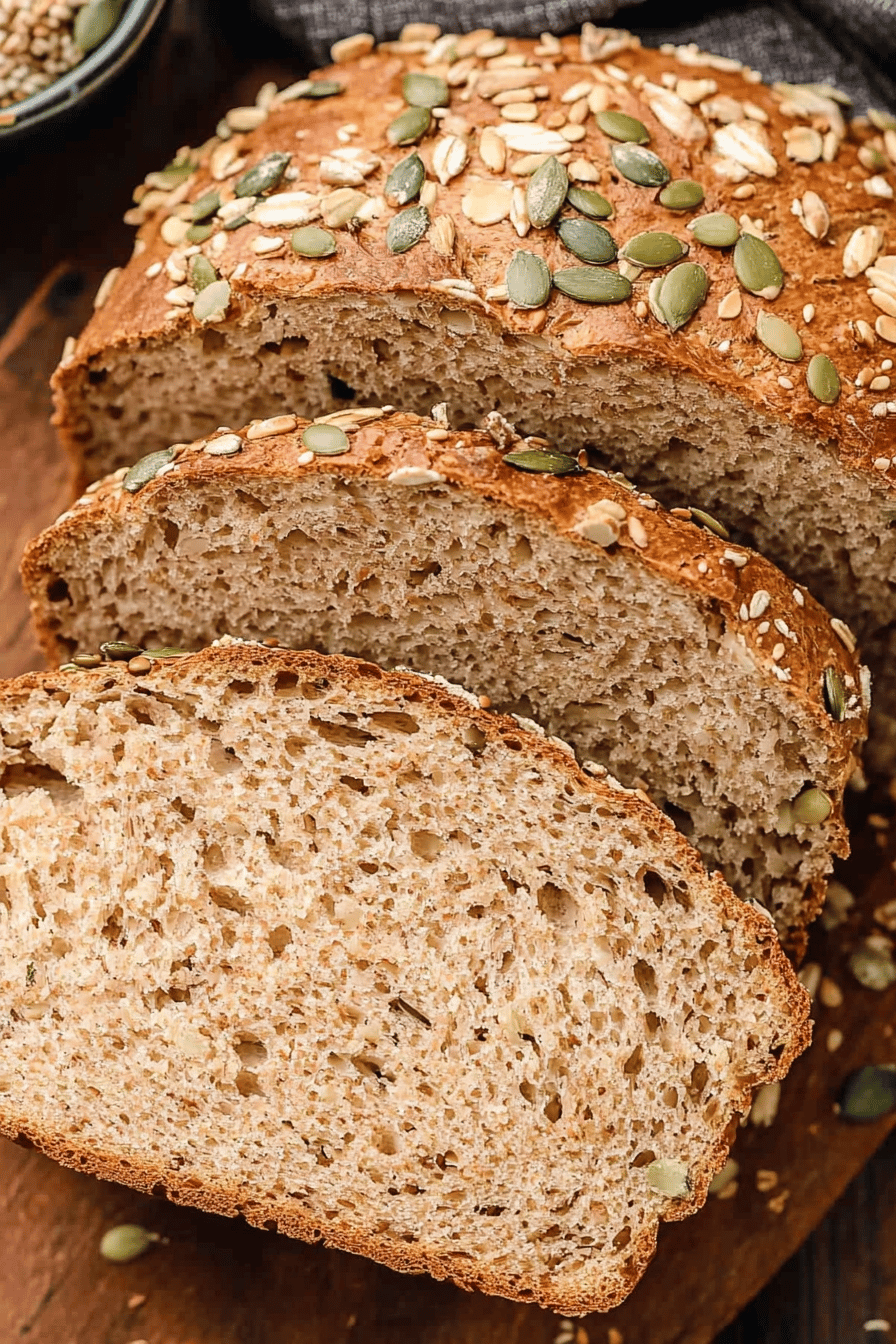
This seeded rye bread recipe isn’t just about making bread; it’s about creating a connection to the past and sharing a little bit of love with every slice. The amazing aroma, the satisfying crunch of the seeds, and the comforting taste of homemade bread – it’s an experience that’s hard to beat. If you enjoyed this recipe, you might also like my recipe for crusty Italian bread or my easy no-knead Dutch Oven bread. They’re all family favorites! I truly hope you give this recipe a try. It’s a keeper, I promise! Happy baking, and I can’t wait to hear how yours turns out! Please leave a comment below and let me know what you think. And if you make any fun variations, I’d love to hear about those too!

Seeded Rye Bread Recipe
Ingredients
Main Ingredients
- 1 cup rye flour
- 0.5 cup whole wheat flour
- 0.25 cup bread flour
- 1 cup water warm
- 2 teaspoon active dry yeast
- 1 tablespoon honey
- 1 teaspoon salt
- 0.5 cup mixed seeds sunflower, flax, sesame
Instructions
Preparation Steps
- Combine warm water, honey, and yeast; let stand for 5 minutes.
- Add flours, salt, and seeds to the yeast mixture. Knead for 8-10 minutes until smooth and elastic.
- Place dough in a greased bowl, cover, and let rise in a warm place for 1 hour, or until doubled in size.
- Shape the dough into a loaf and place it in a greased loaf pan.
- Let rise for another 30 minutes.
- Bake at 375°F (190°C) for 45 minutes, or until golden brown and sounds hollow when tapped.




